Do you have a question about this product?
Ask us your question
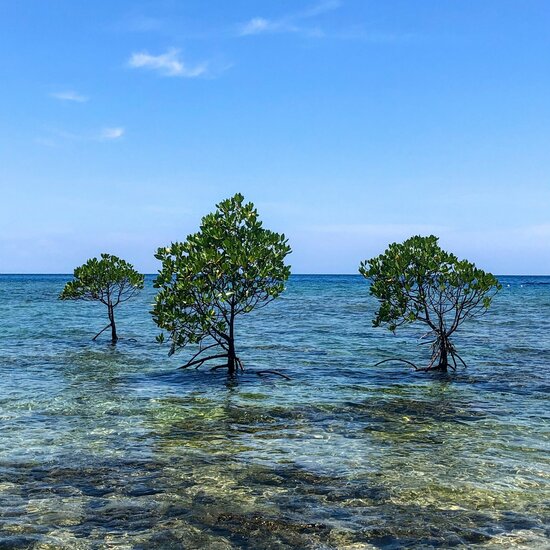
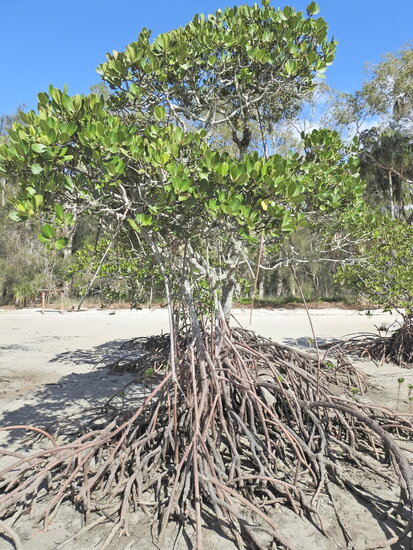
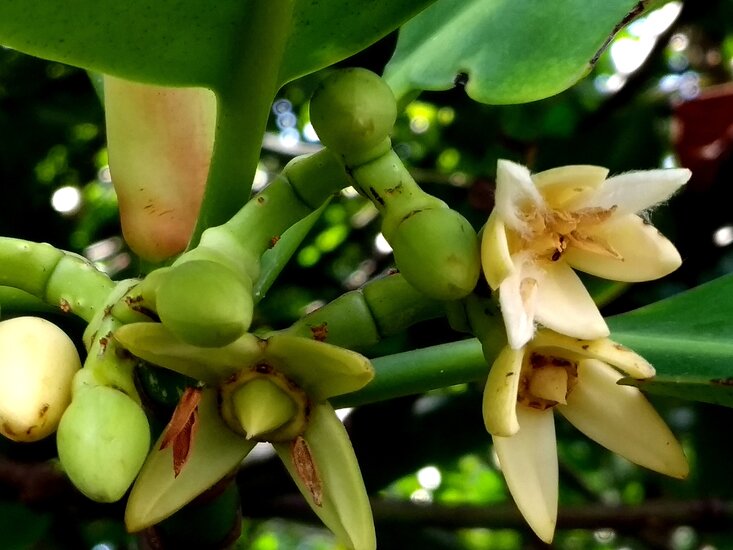
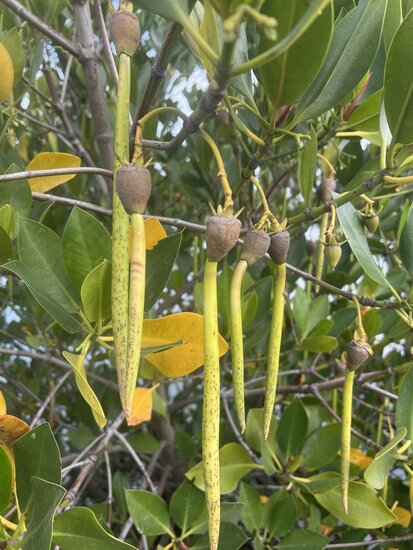
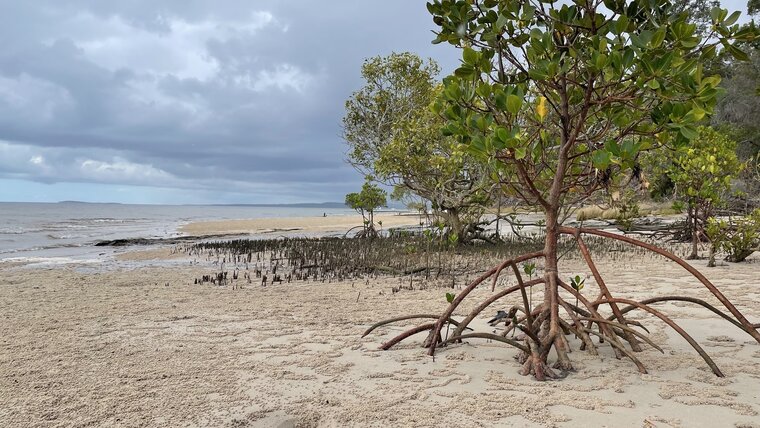
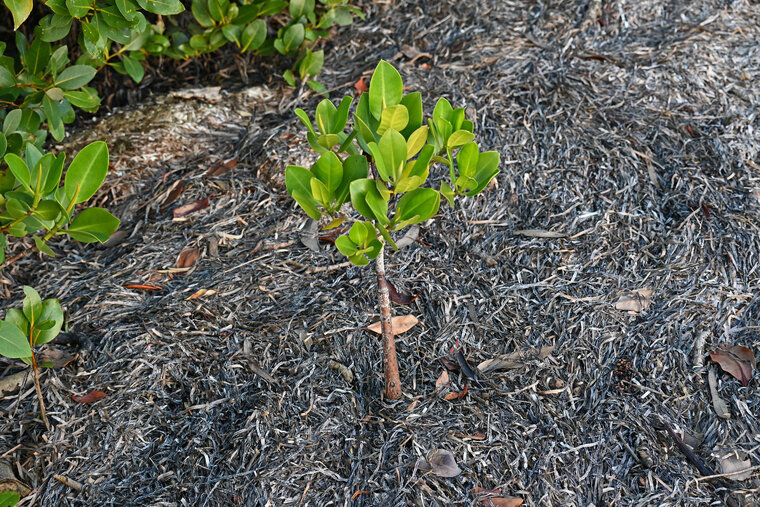






Product description
The spotted mangrove is found in large parts of East Asia and Australia along the coast and often grows closest to the sea. It is a tree that can grow up to 15 metres high in the wild and grows on sandy to clayey soil or coral coasts. The young plants have black spots along the trunk. In nature, this mangrove forms many side branches and aerial roots, making it a nursery for many ocean species. The species has leathery leaves and cream-coloured flowers followed by oval fruits. The seeds are viviparous, meaning that they fall from the mother plant as young plants. They are dispersed by water and can settle immediately after reaching a suitable location.Like the red mangrove, the spotted mangrove is able to grow in both salt water and brackish water. It is a relatively slow grower, making it a suitable plant for an aquarium or paludarium with sufficient water. The mangrove can also be kept in a glass pot or vase. The spotted mangrove grows best at temperatures between 22 and 34 degrees Celsius. A mix of sand and pond soil is suitable for keeping this species.
Sowing description: Upon receipt of the seeds, you can sow them immediately with the thicker side down and allow the water level to rise to about half the height of the seeds. Grow in a light, sunny spot, ensuring that the leaves do not become submerged.
Product specification
Family:
Rhizophoraceae
Scientific name:
Rhizophora stylosa
Common name:
Spotted mangrove
Native to:
East Asia and Australia
Sowing time:
All year round
Difficulty level:
Easy
Minimum temperature:
12 degrees Celsius
Do you have a question about this product?
Ask us your question
Product specification
Family:
Rhizophoraceae
Scientific name:
Rhizophora stylosa
Common name:
Spotted mangrove
Native to:
East Asia and Australia
Sowing time:
All year round
Difficulty level:
Easy
Minimum temperature:
12 degrees Celsius
Add review
Write a review about this product.
Reviews
No reviews yet



